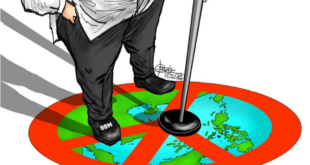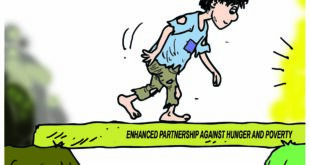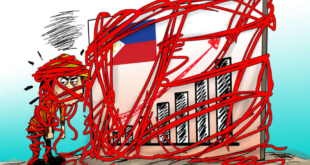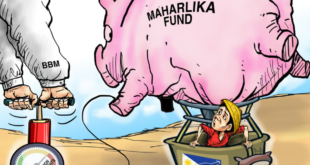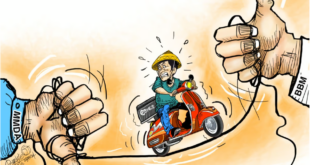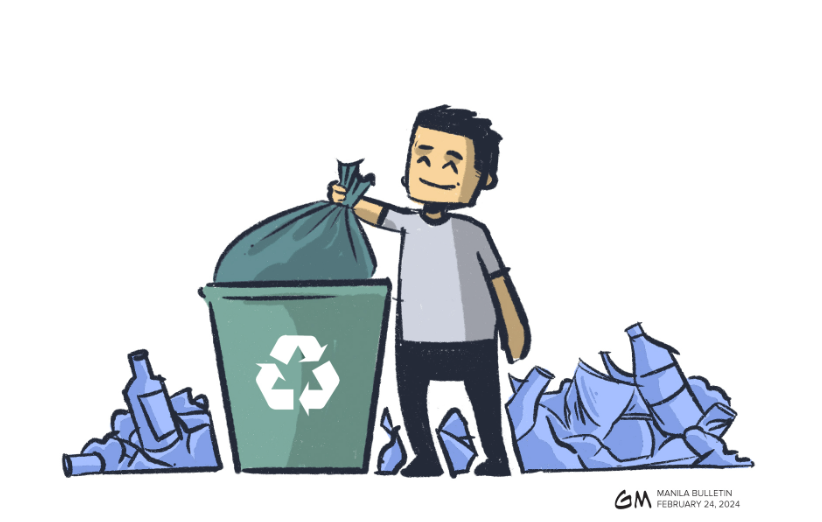
The 3-R slogan of waste management is “Reduce, Reuse, and Recycle.”
While an intensified information campaign can encourage households to reduce, reuse and recycle waste materials, there is much room for government and private sectors to raise the efficiency of the recycle part of the 3-R slogan, especially for plastic waste.
The country has a linear economy, meaning, products are produced, utilized and discarded, resulting in waste. But it lacks recycling infrastructure to address this; thus the problem of mismanagement of plastic waste. This was disclosed by the Department of Environment and Natural Resources (DENR) at the Philippine National Recycling Conference held Feb. 22.
DENR Undersecretary Jonas Leones said the ideal would be to have a circular economy where used products are reused and recycled, therefore lowering its environmental effect and promoting sustainability.
To transition from a linear to a circular economy requires that we have infrastructure for waste management and recycling. We must put in place a proper process to gather waste, particularly plastic waste. We must also put in place technology to recycle waste into new products with other functions. This can also be established through strategies like take-back programs and innovative product package designs.
Republic Act No. 11898 or the Extended Producer Responsibility (EPR) Act of 2022, holds companies accountable for managing the environmental impact of their product packaging throughout its life cycle. According to the DENR, 876 companies have so far registered with the EPR Law.
The EPR law mandates that covered companies, known as “obliged enterprises,” register their EPR programs with the DENR-led National Solid Waste Management Commission.
The EPR law specifies that “obliged enterprises recover 20 percent of their generated plastic product footprint by the end of 2023 with incremental targets for fulfillment each year, until 80 percent is reached by 2028.” Fines ranging from ₱5 million to ₱20 million will be imposed on companies that do not comply.
“Facilities such as waste collection centers, recycling plants, material recovery facilities need to be established. The infrastructure will enable efficient sorting, processing, recycling of waste materials, losing the dependence on landfills in promoting circular economy…by identifying technologies that can recycle, upcycle, and repurpose the plastic waste,” the DENR official said.
The Philippines has one of the highest rates of mismanagement of plastic waste globally. Seventy percent of the material value of plastic is lost after its designed use, World Bank data in 2019 said. Harnessing plastic waste could give an additional revenue of about $790 to $890 million per year.
The Philippines produces 61,000 metric tons of waste every day; that’s about 163 million sachet packets, 48 million shopping bags, and 45 million thin-film bags, according to DENR data. Thirty-three percent of the daily total waste ends up in landfills and dumpsites, while 35 percent “is leaked into the open environment and oceans.”
Investing in infrastructure for solid waste management and recycling is vital for achieving a circular economy in the Philippines, and giving a solution to the plastic waste management problem. Meanwhile, the building of recycling centers should be pursued by both the government and private sector.
Through unified community action, the benefits from systematic recycling and waste management will certainly be optimized.
*****
Credit belongs to: www.mb.com.ph
 Atin Ito First Filipino Community Newspaper in Ontario
Atin Ito First Filipino Community Newspaper in Ontario

